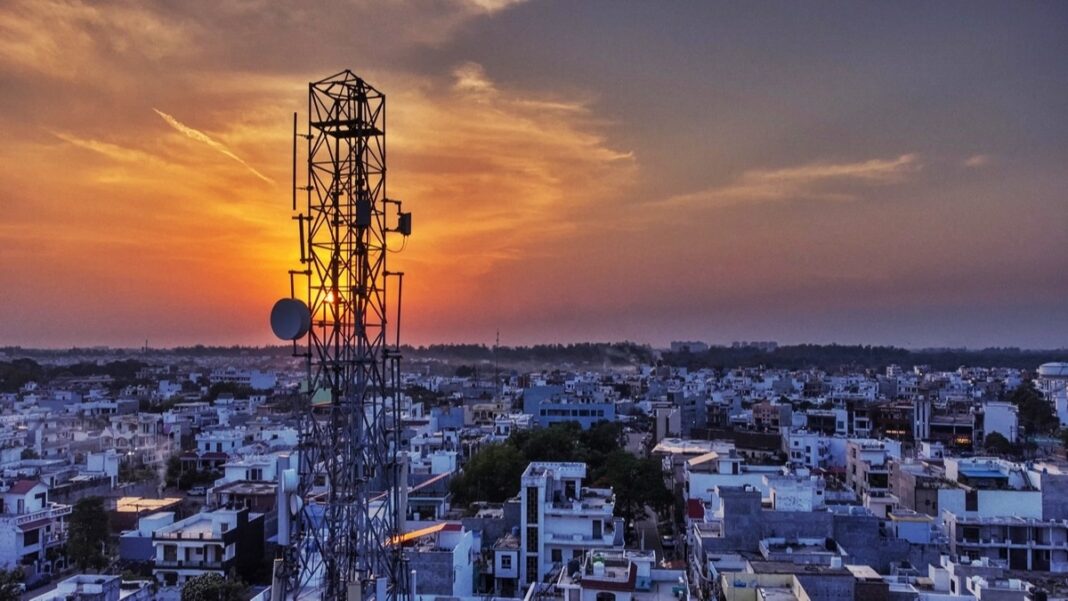First-of-its-kind study to analyse disaster risk to India’s telecom infrastructure
In a groundbreaking study, researchers have conducted the first-of-its-kind analysis to assess the disaster risk to India’s telecom infrastructure. With the increasing frequency and severity of natural disasters in recent years, there is a growing concern about the vulnerability of critical infrastructure such as telecommunications networks.
The Study
The study, conducted by a team of experts from various institutions, employed advanced modeling techniques to evaluate the potential impact of natural disasters on India’s telecom infrastructure. The researchers considered a range of hazards, including earthquakes, floods, and cyclones, to assess the vulnerability of key telecom assets such as mobile towers and fiber optic cables.
By simulating different disaster scenarios, the researchers were able to identify the areas most at risk and develop strategies to mitigate potential damage. The findings of the study are expected to provide valuable insights for policymakers, telecom companies, and disaster management authorities to enhance the resilience of India’s telecom networks.
Key Findings
Some of the key findings of the study include:
- The coastal regions of India are particularly vulnerable to cyclones, which pose a significant threat to telecom infrastructure.
- Earthquakes in the Himalayan region could disrupt communication networks, especially in remote areas with limited connectivity.
- Flooding in low-lying areas could damage underground cables and disrupt services for an extended period.
Implications
The findings of the study have important implications for India’s telecom sector, which plays a critical role in the country’s economic development and social well-being. By understanding the specific risks posed by natural disasters, telecom companies can better prepare for emergencies and minimize downtime during crises.
Furthermore, the study highlights the need for collaboration between government agencies, telecom operators, and disaster management authorities to develop robust contingency plans and response strategies. By working together, stakeholders can ensure the resilience of India’s telecom infrastructure in the face of increasing disaster risks.
Conclusion
The first-of-its-kind study to analyze disaster risk to India’s telecom infrastructure provides valuable insights into the vulnerabilities and challenges faced by the sector. By identifying the specific hazards that pose a threat to telecom networks, the researchers have laid the groundwork for proactive risk management and preparedness measures.
Ultimately, the findings of the study underscore the importance of building resilience into critical infrastructure to ensure continuity of communication services during emergencies. With a better understanding of the risks involved, stakeholders can work together to safeguard India’s telecom networks and enhance their ability to withstand natural disasters.
FAQs
Q: Why is it important to analyze disaster risk to India’s telecom infrastructure?
A: Analyzing disaster risk helps identify vulnerabilities and develop strategies to mitigate potential damage, ensuring the resilience of critical infrastructure.
Q: What are some of the key findings of the study?
A: The study found that coastal regions are vulnerable to cyclones, earthquakes pose a risk to communication networks in the Himalayan region, and flooding can damage underground cables.
Q: How can stakeholders use the findings of the study to improve disaster preparedness?
A: By understanding the specific risks posed by natural disasters, telecom companies, government agencies, and disaster management authorities can develop robust contingency plans and response strategies.




